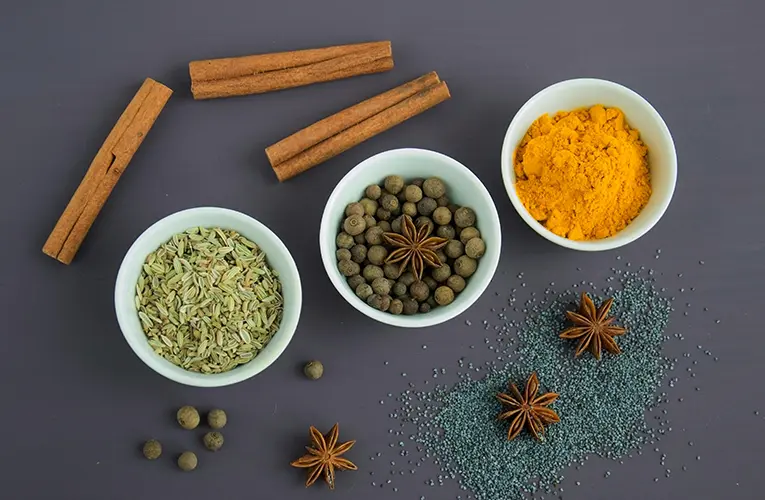“The Art of Cooking: Mastering Techniques and Recipes for Delicious Meals at Home”
### The Art of Cooking: Mastering Techniques and Recipes for Delicious Meals at Home
Cooking at home offers the joy of creating delicious, personalized meals and the satisfaction of mastering culinary techniques. Whether you’re a novice cook or an experienced home chef, refining your skills and exploring new recipes can elevate your cooking experience. This guide delves into essential techniques and provides recipes to help you master the art of cooking.
—
### 1. Essential Cooking Techniques
#### 1.1 Knife Skills
– **Chopping and Dicing:** Learn the basics of chopping vegetables and dicing meats efficiently. Master the julienne, brunoise, and chiffonade cuts for a variety of textures and presentations.
– **Knife Maintenance:** Properly sharpen and care for your knives to ensure safety and precision.
#### 1.2 Cooking Methods
– **Sautéing:** Quickly cook food in a hot pan with a small amount of oil. Ideal for vegetables, meats, and aromatics.
– **Roasting:** Use dry heat in an oven to cook foods like meats and vegetables, enhancing flavors through caramelization.
– **Braising:** Cook tougher cuts of meat slowly in a liquid to tenderize and infuse flavor.
#### 1.3 Flavor Building
– **Seasoning:** Understand how to use herbs, spices, salt, and acids to build and balance flavors.
– **Sauce Making:** Master classic sauces like béchamel, tomato sauce, and vinaigrettes to enhance dishes.
—
### 2. Recipe Fundamentals
#### 2.1 Breakfast
– **Classic Omelette:**
– **Ingredients:** Eggs, butter, salt, pepper, optional fillings (cheese, ham, vegetables).
– **Technique:** Whisk eggs, cook in a hot pan with butter, add fillings, and fold.
– **Fluffy Pancakes:**
– **Ingredients:** Flour, eggs, milk, baking powder, sugar, butter.
– **Technique:** Mix dry and wet ingredients separately, then combine. Cook on a griddle until golden.
#### 2.2 Lunch
– **Homemade Soup:**
– **Ingredients:** Broth, vegetables, protein (chicken, beans), seasonings.
– **Technique:** Sauté aromatics, add broth and ingredients, simmer until flavors meld.
– **Grilled Cheese Sandwich:**
– **Ingredients:** Bread, cheese, butter.
– **Technique:** Butter bread slices, assemble with cheese, grill until crispy and melted.
#### 2.3 Dinner
– **Roasted Chicken:**
– **Ingredients:** Whole chicken, olive oil, herbs (rosemary, thyme), garlic, lemon.
– **Technique:** Season and roast at 375°F (190°C) until internal temperature reaches 165°F (74°C).
– **Pasta Primavera:**
– **Ingredients:** Pasta, mixed vegetables, olive oil, garlic, Parmesan cheese.
– **Technique:** Cook pasta, sauté vegetables and garlic, toss with pasta and cheese.
#### 2.4 Desserts
– **Chocolate Brownies:**
– **Ingredients:** Butter, sugar, eggs, cocoa powder, flour, chocolate chips.
– **Technique:** Melt butter and chocolate, mix with other ingredients, bake until set.
– **Classic Apple Pie:**
– **Ingredients:** Apples, sugar, cinnamon, pie crust.
– **Technique:** Prepare filling with apples and spices, assemble with crust, bake until golden and bubbly.
—
### 3. Advanced Techniques and Recipes
#### 3.1 Sous-Vide Cooking
– **Technique:** Cook food in a vacuum-sealed bag in a temperature-controlled water bath for precise results.
– **Recipe:** Sous-vide steak with herb butter. Season steak, seal in a bag, cook in water bath, and sear before serving.
#### 3.2 Fermentation
– **Technique:** Use microorganisms to transform ingredients, enhancing flavors and health benefits.
– **Recipe:** Homemade kimchi or sauerkraut. Use cabbage, spices, and a fermentation vessel to create tangy, fermented vegetables.
#### 3.3 Molecular Gastronomy
– **Technique:** Apply scientific principles to create innovative textures and flavors, such as spherification or foaming.
– **Recipe:** Spherified fruit juice. Create spheres of juice using sodium alginate and calcium chloride for a unique dining experience.
—
### 4. Tips for Success
#### 4.1 Planning and Preparation
– **Mise en Place:** Gather and prep all ingredients before cooking to streamline the process and prevent mistakes.
– **Recipe Organization:** Follow recipes carefully, but feel free to adjust based on personal taste or ingredient availability.
#### 4.2 Experimentation
– **Try New Ingredients:** Explore different spices, herbs, and international ingredients to broaden your culinary repertoire.
– **Adjust to Taste:** Taste your dishes frequently and adjust seasoning and ingredients as needed.
#### 4.3 Presentation
– **Plating Techniques:** Use garnishes, varying plate shapes, and artistic arrangement to enhance the visual appeal of your dishes.
– **Portion Control:** Serve appropriate portion sizes to create a balanced and aesthetically pleasing meal.
—
### 5. Conclusion
Mastering the art of cooking involves a blend of essential techniques, understanding flavors, and experimenting with new recipes. By honing your skills and embracing creativity in the kitchen, you can create delicious meals that impress family and friends, and make every dining experience enjoyable. Whether you’re perfecting classic dishes or exploring advanced techniques, the joy of cooking comes from the satisfaction of creating something wonderful with your own hands.
—
This guide offers a comprehensive look at key cooking techniques and recipes, providing a foundation for both novice and experienced cooks to build upon. Happy cooking!










